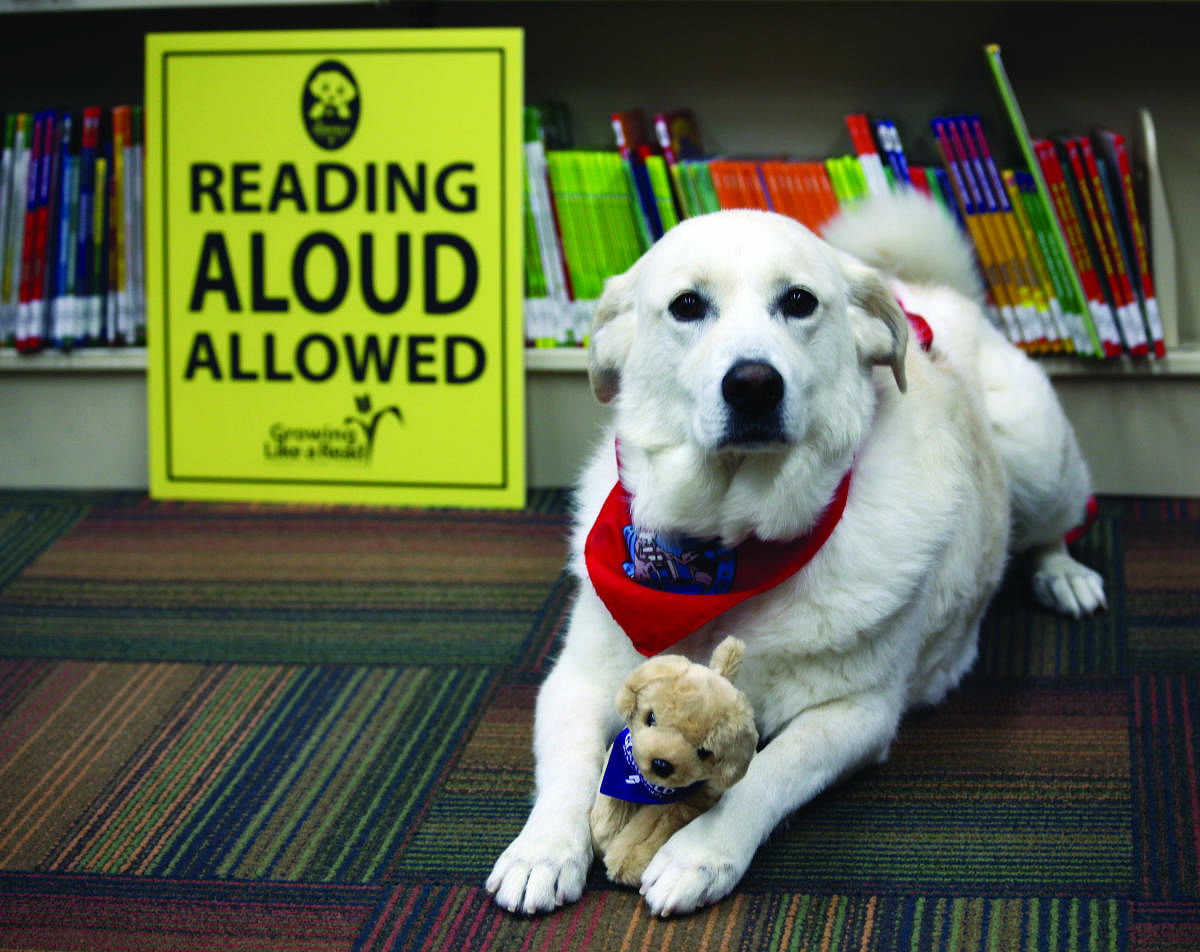
I’ve spoken many times about the advantages of reading books aloud to children of all ages (Bonding! Improves language skills! Social and emotional skills!) Recently, a reader of this column asked: how exactly should we read to children?
Speaking not as an expert, but as someone who’s read to several children, my short answer is: Follow the child’s lead! Here are some suggestions.
nChoose the book wisely — the experience is better if both the reader and the listener approve of it!
nRead the title, introduce the names of the author/illustrator. One child used to make the parent read everything, including the entire copyright page!
nRead at the pace the child wants. Either you read, or the child reads — or nobody reads: you just look at the pictures and squeeze out every bit of enjoyment from them! If the book is in an unfamiliar language or at a higher level, narrate the story in your own words. Pause in the middle to discuss the story, or read it all at one go. Stop in the middle of a book, or read it again and again. Anything! The only rule is — there are no rules — as long as the child is engaged and interested.
nTalk about the book/characters/incidents. Some sample questions: Why do you think he did that? How did that make you feel? Did this remind you of something? What do you think will happen next?
nMake connections between the book and the outside world or movies/other books. “Doesn’t this lamp look like the one in Priya’s house?” “Is this lion like the one you saw in the zoo? Why not?” “This girl going to the market reminded me of how I used to go to the market with my mother.” And when you’re out and about, make connections to the book. “Look! There’s a mango tree, just like the one in the book we read yesterday!”
nOnce you finish the book, do not force them to write book reviews or book logs, or do a recap or ask “what did you learn from this story?” — It’s not a test, and it’s better there aren’t any “must-dos” or “have-to-dos” associated with an enjoyable activity like reading. Unless the child wants to, of course, which, in my experience, is rare! If they come back later wanting to talk about the story, then that’s just as it should be.
nCleverly slip in some lessons, make use of “teachable moments.” If the child is learning to read, you could pause at a simple word and ask the child to read it. If a character drops something, tell them about gravity. Use the stories to impart life lessons that are important to you. If a character is rude, point it out, and if a character is kind, draw attention to it subtly. Tempting as it may be, try not to overdo this sneaky teaching or kids will immediately back off!
Happy reading!
The author has written 12 books for children and can be reached at www.shruthi-rao.com
GobbledyBook is a fortnightly column that gives a peek into the wondrous world of children’s books. Hop on! Or as Alice did, plunge into the rabbit hole.